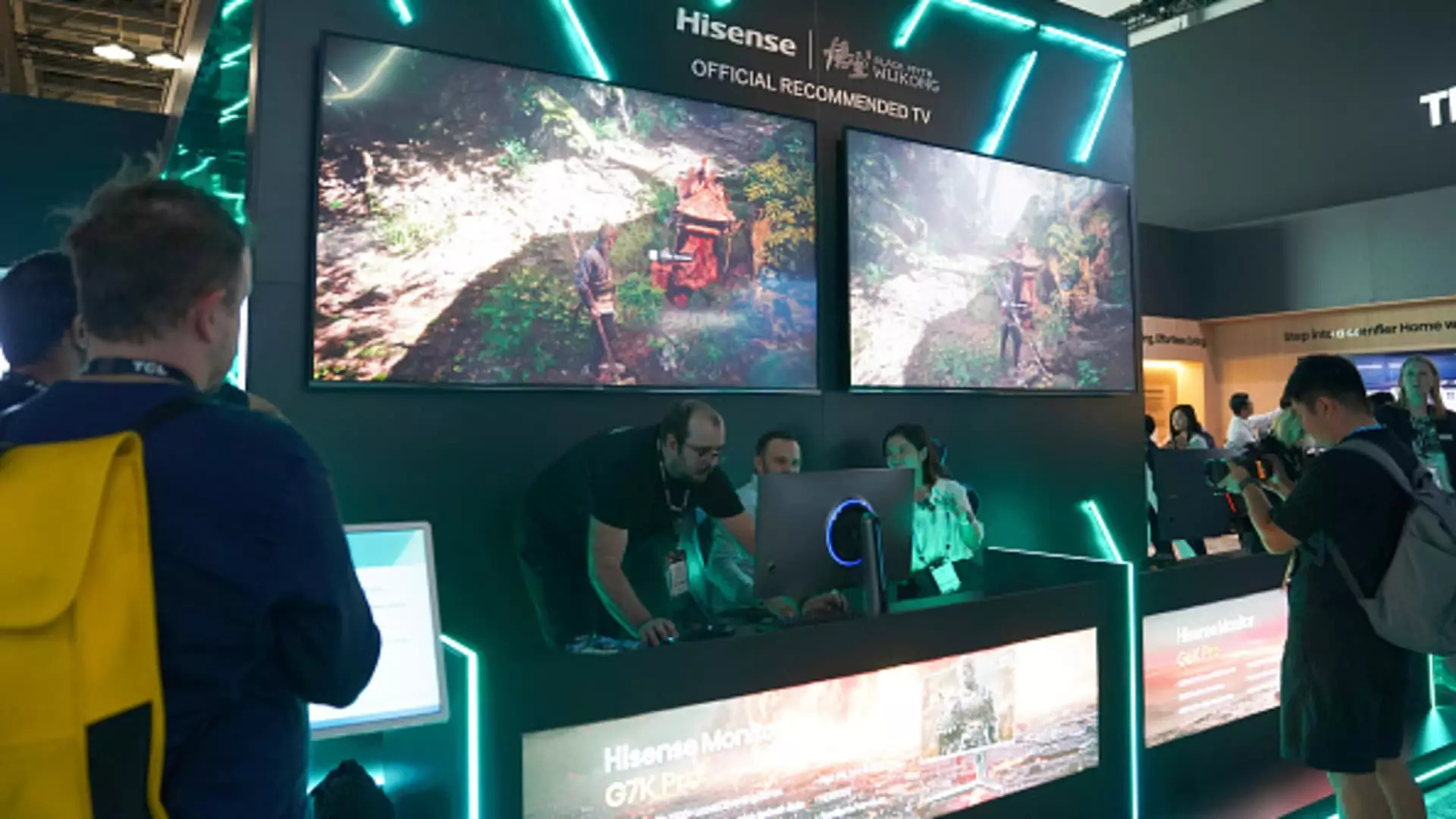In a bold declaration, Hisense, the prominent Chinese home appliance brand, is setting its sights on becoming the number one television seller in the U.S. market within the next two years. Catherine Fang, the president of Hisense International, shared these aspirations in a recent exclusive interview with CNBC. This ambitious target illustrates not only the company’s confidence but also its commitment to enhancing visibility and market presence in a highly competitive environment.
The company’s partnership with FIFA as the official sponsor of the FIFA Club World Cup, which is set to take place in Miami in June 2025, represents a significant step in this direction. Fang articulated that the objective of this sponsorship is to elevate Hisense’s brand reputation and expand its market share, emphasizing how association with prestigious sporting events can bolster the company’s image as a premium brand. The attendance of high-profile FIFA officials during the announcement event in Shanghai suggests the weight of this partnership and its potential impact on Hisense’s marketing strategy.
To amplify its competitive edge, Hisense is integrating cutting-edge technology into its products. The company’s latest television models now feature an in-house artificial intelligence chip, designed to enhance image rendering. Fang hinted at future advancements involving AI, including improved audio quality and interactive experiences such as voice commands for accessing athlete statistics. These innovations may cater to a growing consumer appetite for smarter, more interactive TVs, although details on the availability of these features in the U.S. market remain vague.
Currently, Hisense stands out in North America, having positioned itself as the second largest TV supplier in the market, trailing only behind industry giant Samsung. Recent analysis from research firm Counterpoint indicates that Hisense is working alongside other up-and-coming manufacturers, like TCL, to pivot from traditional LCD offerings toward more advanced technologies, including QD-LCD and Mini LED LCD televisions. This strategic shift aligns with current consumer preferences for high-quality viewing experiences, highlighting Hisense’s adaptability.
Beyond televisions, Hisense also engages in the broader home appliance sector, producing refrigerators, washing machines, and other white goods. Fang revealed plans to solidify Hisense’s position as the leading Chinese brand within the North American white goods market, with a similarly ambitious timeline of approximately two years. This multi-faceted approach demonstrates the company’s long-term vision and reliance on diversification to bolster market presence.
Hisense’s commitment to international expansion is also noteworthy in the context of its revenue distribution. Approximately half of its revenue comes from outside China, with North America contributing around 30% of those overseas earnings. This signifies a robust international business strategy that has been cultivated over several decades, contrasting with the more recent international endeavors of many other Chinese firms. As Hisense embarks on this ambitious journey to the top, its innovative products and strategic partnerships may very well pave the way for significant market penetration in the competitive U.S. landscape.

